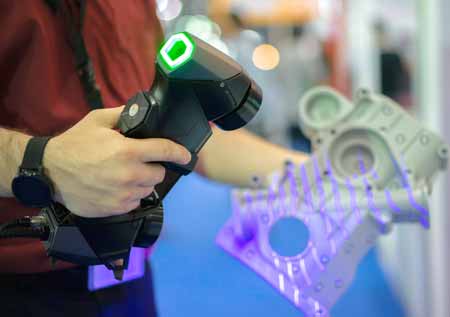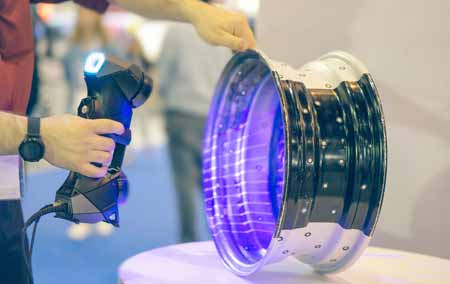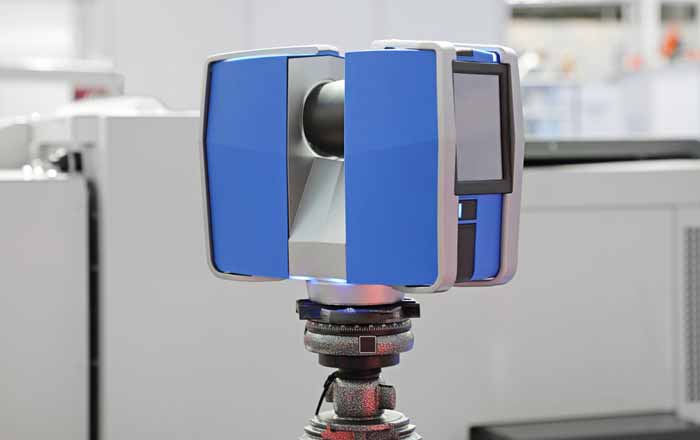A 3D laser scanner is a cutting-edge tool for surveying objects. There are three types of laser scanners: structured, random, and full array. A structured 3D laser scanner scans object surfaces in the same way that you would scan an X-ray film, while a random 3D laser scanner scans by shooting several angles at different points. Full array 3D laser scanners scan with thousands of individual lasers at once, forming a full map of the scanned object’s surface area.
How Do You Make a 3d Laser Scanner?

A 3D laser scanner is a complex piece of equipment. But the key components are relatively simple: lasers, mirrors, and sensors to measure reflected light from objects in front of them. These three parts can be made by hand or purchased pre-assembled for a small cost.
Lasers
The first step in making a 3D laser scanner is to find a laser that can accurately scan at a certain speed. This will depend on the size of your object and how far away it is from the scanner. The best lasers are those with wavelengths between 532 nm (red) and 9 40 nm (infrared). The wavelength of the laser is what determines how far away it can scan. A shorter wavelength means that you can see farther but will be able to scan smaller objects than a longer wavelength would allow. For example, if your object is between 3 and 5 feet tall, you will want a 532 nm laser.
Mirrors
Mirrors are used to reflect the laser light back towards the scanner’s sensor, allowing it to see what is in front of it. The mirror can be made from any material with high reflectivity, such as glass or metal. Mir errors are usually mounted on a rotating arm so that they can be adjusted to scan objects of different heights.
Sensors
Laser scanners need sensors to measure the amount of light reflected from an object and sent it back to the scanner’s computer. These sensors come in two varieties: active and passive. Active sensors use an LED or laser diode to send a pulse of light to the object, which then reflects back and is measured by the sensor. Passive sensors work by sending out infrared light that is reflected off of objects in front of them. The computer determines how much light was reflected based on the amount of infrared light it received.
Benefits of Using A 3d Scanner

Many companies, including Google and NASA, have started using 3D scanners to create models of objects in order to get a better understanding of them. These scans can be used for both design and marketing purposes, allowing the user to see how an object will look with different types of materials or on different surfaces.
Software Required for Your New Scanner
While the hardware required for a 3D scanner is not too expensive, it can be quite costly to buy all of the software needed to use your new scanner. Luckily, there are several free programs that you can download and start using right away.
CAD/CAM Software
Most CAD/CAM software will allow you to create 3D models. These programs are usually designed for designing objects, but they can also be used to scan them. Some CAD/CAM programs may not include the specific software that is needed for your scanner, so it’s best to look at the list of programs that are included with your scanner.
Sketch Up
Sketch Up is a free program that can be used to create 3D models. It’s quite popular among hobbyists and even professionals because it’s easy to use but also very powerful when it comes to creating 3D models.
Conclusion
3d laser scanner is a device that uses a laser to measure distance or depth. It can be used for scanning things in order to build 3d models of them. It is not expensive, easy to use, and provides accurate results.
